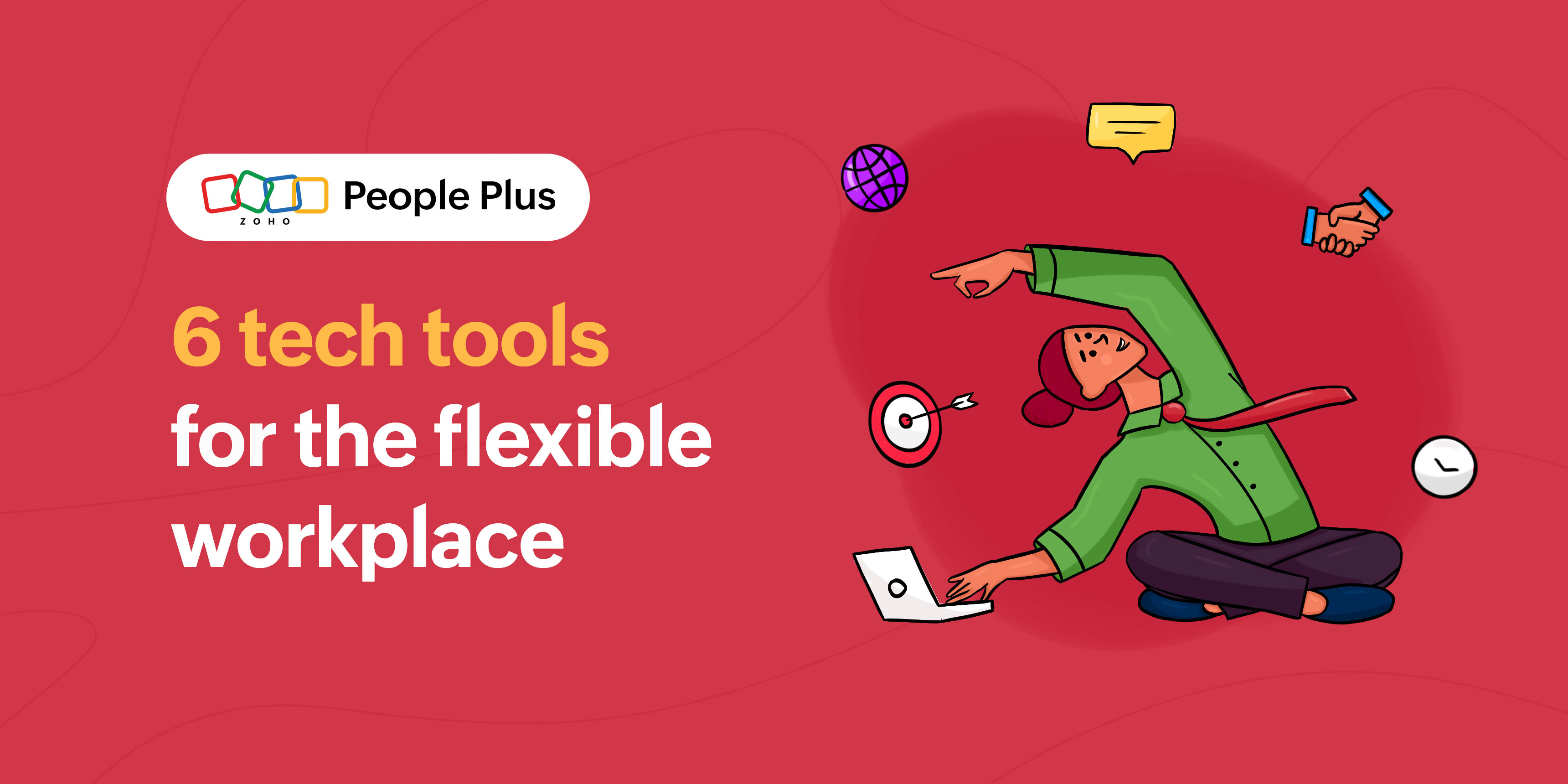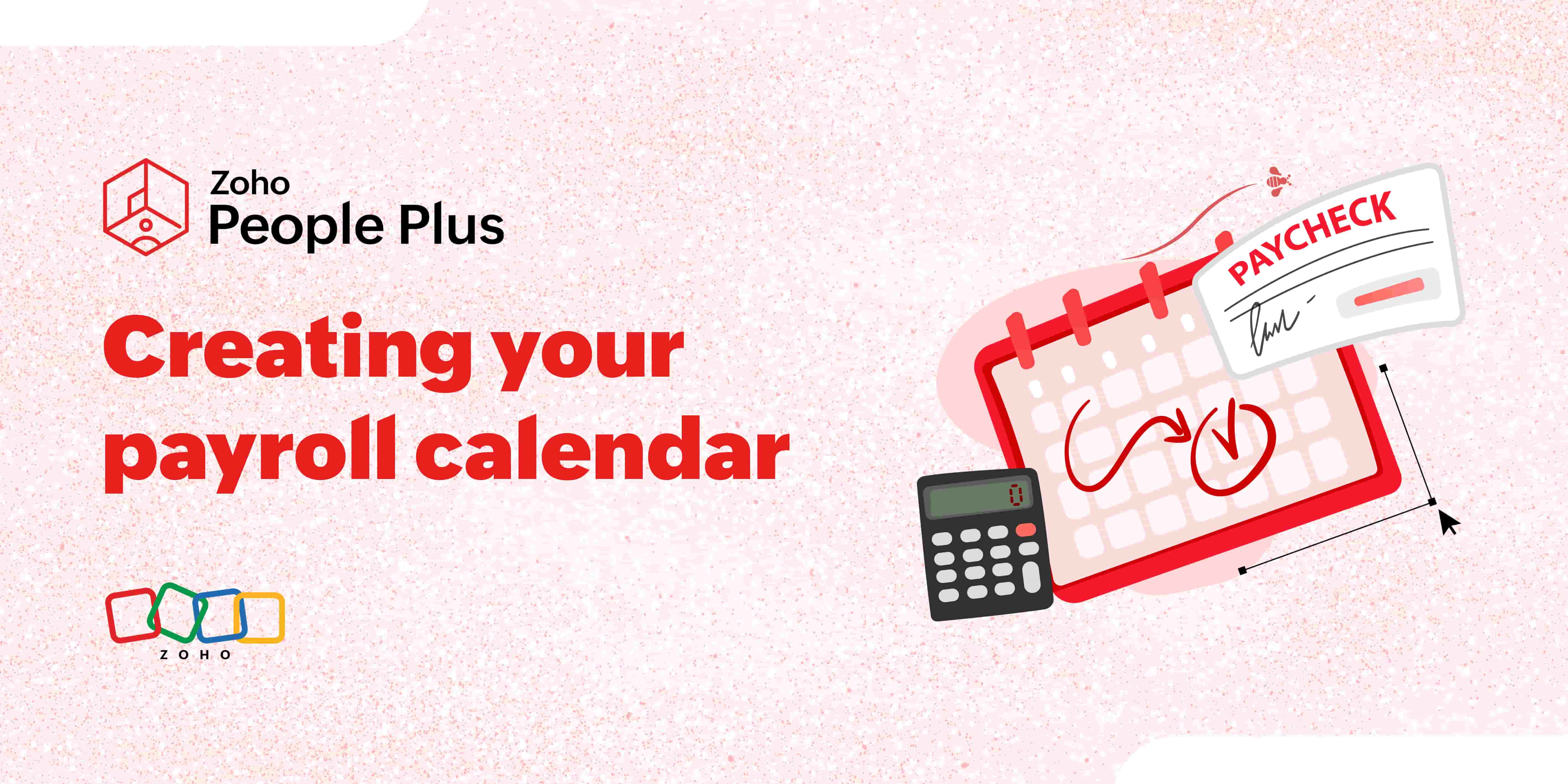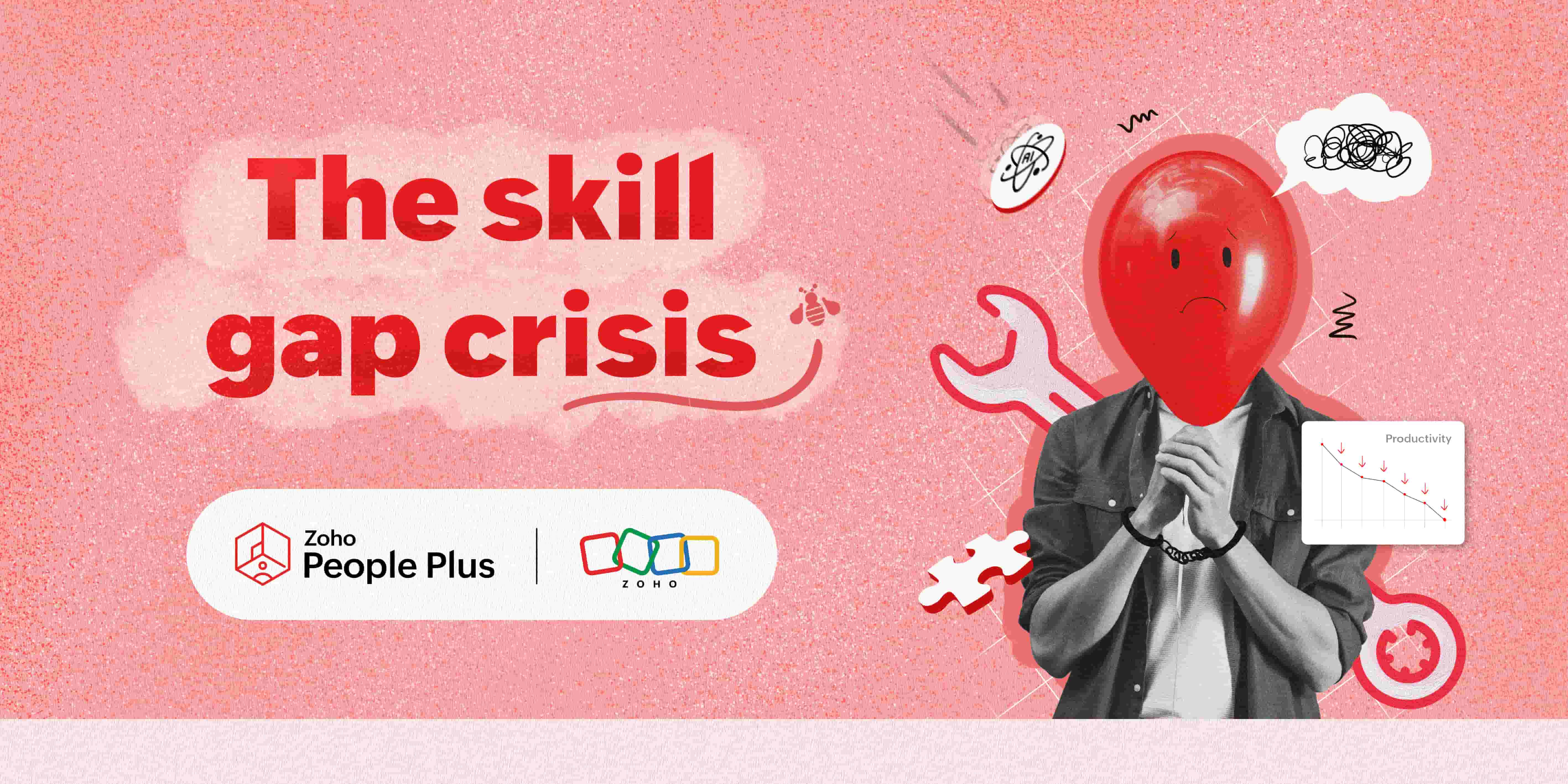6 tech tools that help distributed teams collaborate
- Last Updated : February 7, 2025
- 666 Views
- 4 Min Read

Establishing a flexible work culture has become a priority for organizations around the world. This is because flexibility takes precedence for many employees, even over elements like hefty paychecks and promotions.
According to a study by ManpowerGroup Solutions, about 40% of global candidates report flexibility as one of the top three factors they consider before taking a job. Additionally, many employees prefer the independence that comes with flexible schedules. Since employees can work at a time and place that is convenient to them, they tend to be more productive.
At the same time, this type of independent work may make it challenging for managers to keep track of employee projects. Employees may also find it difficult to stay aligned with their team. By adopting the right set of tech tools, distributed teams can collaborate easily without any loss in productivity. Let's explore the top six tech tools that every flexible work environment should have.
Onboarding solution
One of the greatest challenges that come with a flexible work culture is that new hires may find it difficult to interact with their peers and adapt to the workspace. This is where a cloud-based onboarding solution can help. As employees join your organization, they can be introduced and encouraged to interact with their managers and team members. On top of this, your new hires can get a better understanding of their role, as the system will list their goals and objectives from day one. You can add documents like the company handbook, its vision and mission statements, and useful videos. Plus, you can track the status of onboarding completion without having to follow up with employees. This is especially helpful if you have a distributed workforce.
Timesheets
When managers and their team members don't work under the same roof, managers may find it more challenging to delegate tasks effectively. Cloud-based timesheets can keep everyone on the same page by providing clear visibility into all the projects employees are working on. Managers can even track project progress, along with the time spent on each one. This helps them assign tasks based on employee availability.
Communication software
If employees are setting their own schedules, you should have tools in place to support both synchronous and asynchronous communication. For instance, if your employees need non-urgent feedback on something or want to provide an update on their project, they could use asynchronous communication, as these details often don't require instant responses. Alternatively, if you want your employees to brainstorm new ideas or come up with a solution for a problem immediately, they'll hop on a call or video meeting for synchronous communication. The communication tools that you select should come with dedicated features that support audio calls, video calls, and group chats.
Social intranet
Collaboration suffers when your employees work on different schedules. To revive the usual water cooler conversations, establish a social intranet system that enables your distributed teams to stay connected, no matter when or from where they work. For instance, your organization's C-level leaders can send out announcements or give their opinions about a particular event, and employees can ask them questions or provide feedback. This keeps everyone at your organization informed. Similarly, you can send out surveys to create positive feedback loops. Adopting these processes will go a long way toward keeping your distributed teams engaged.
Goal-setting tools
Without regular interactions, employees might lose their sense of direction and miss out on what is expected from them. Goal-setting tools that enable managers to set clear expectations can be useful for distributed teams. As a result, managers can bring employees together and lay out project goals before they start working. Managers can also keep tabs on how employees are progressing toward the set goals. They can give different weights to the goals, too.
Self-service tools
When it comes to marking attendance and applying for leave, employees need a comprehensive self-service tool for the relevant HR operations. The self-service system that you adopt should allow employees to check in for the day, apply for leave, access their payroll-related information, submit requests to the HR team, update their personal and professional information, track the time they spend on different projects, access the contact details of their colleagues, and view any HR information they need.
Wrapping up
With the right set of tech tools, you'd be able to adopt a flexible work culture that enables employees to do their best at work, while enjoying improved well-being and work-life balance.
Zoho People Plus, our unified employee experience platform, comes with solutions like timesheets, a communication system, a social intranet, and an onboarding system to empower flexible teams to work from anywhere while staying connected with their teams. Learn more about Zoho People Plus!


